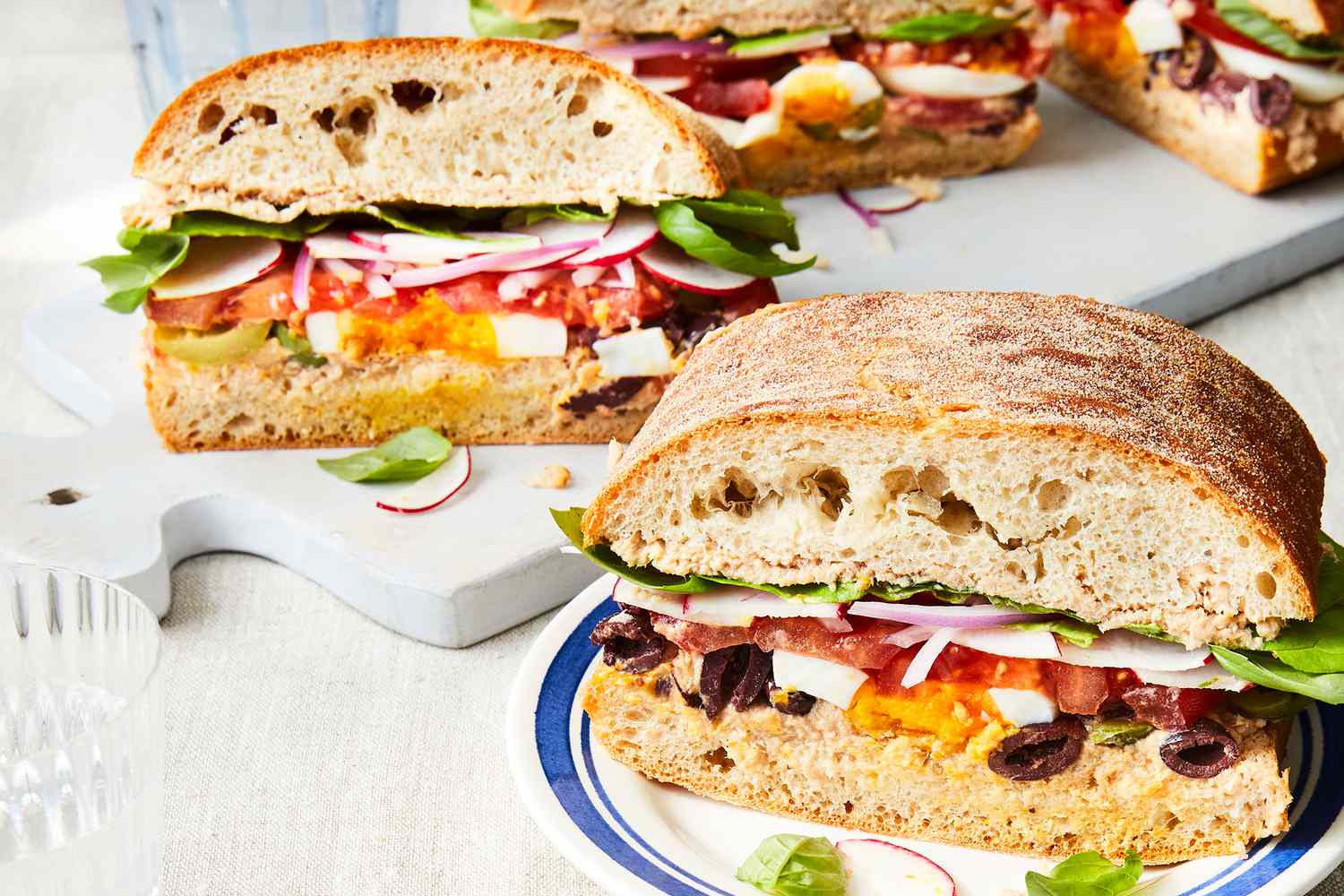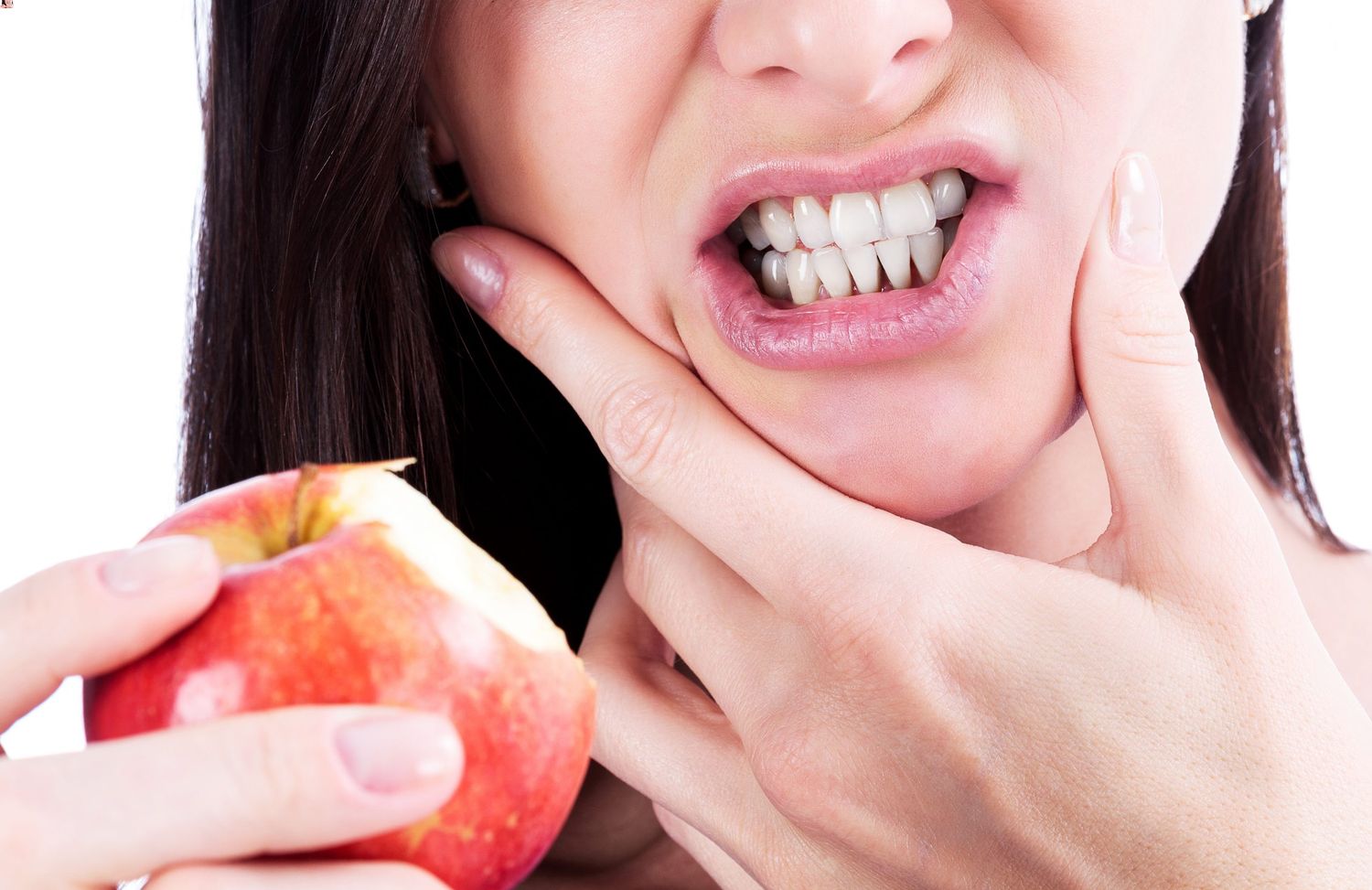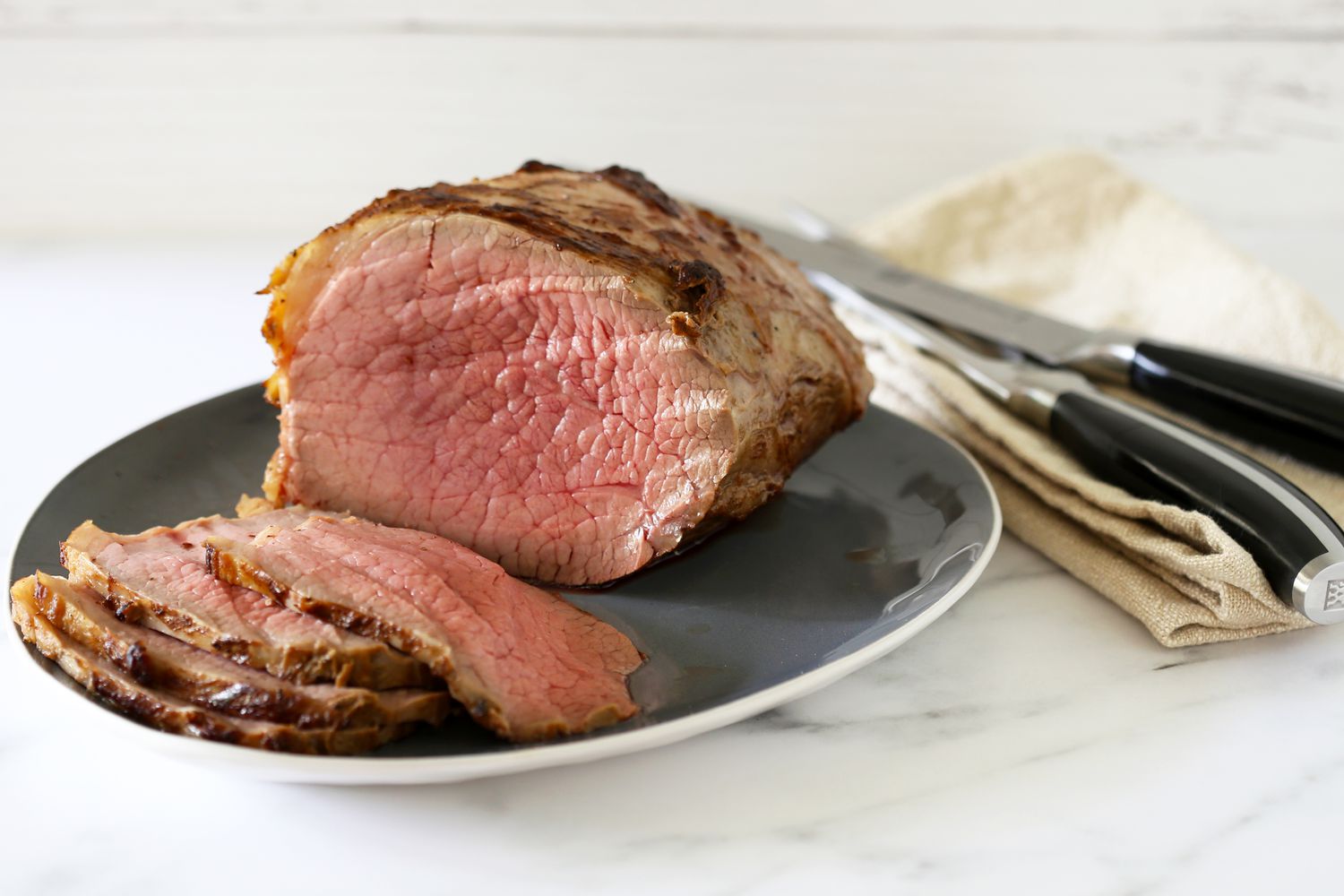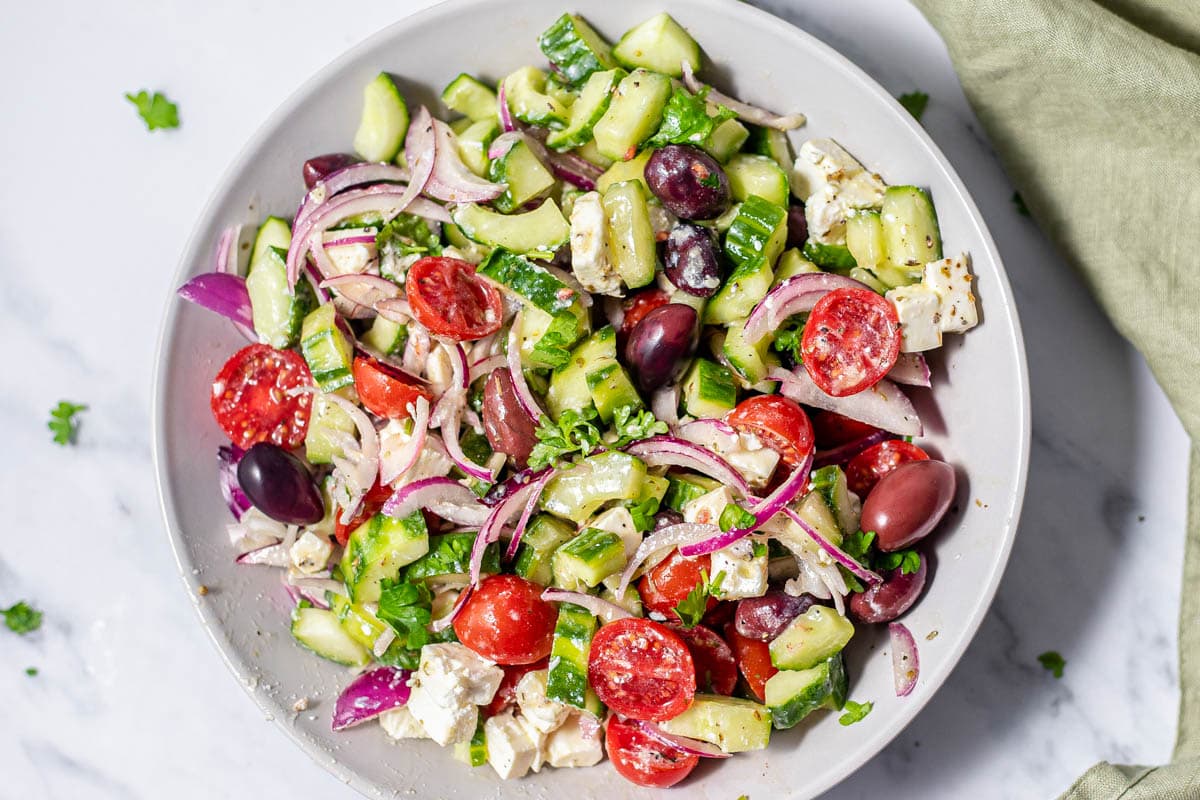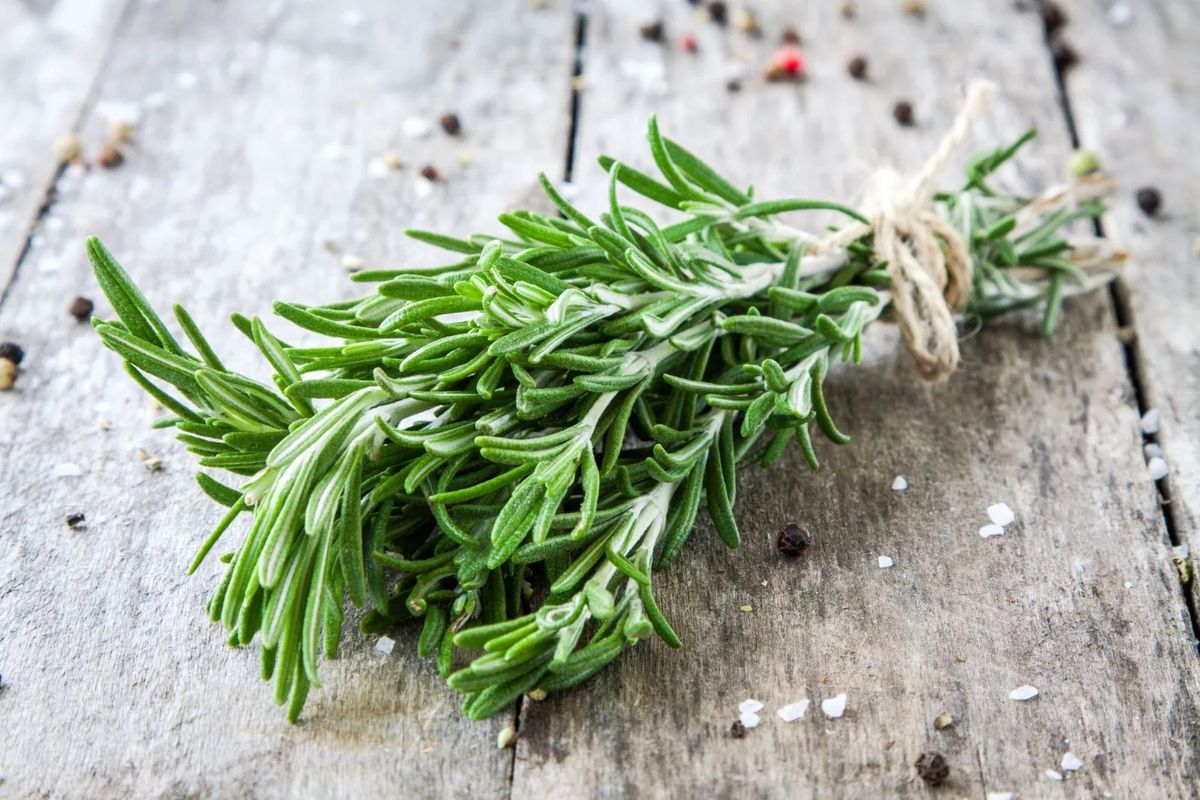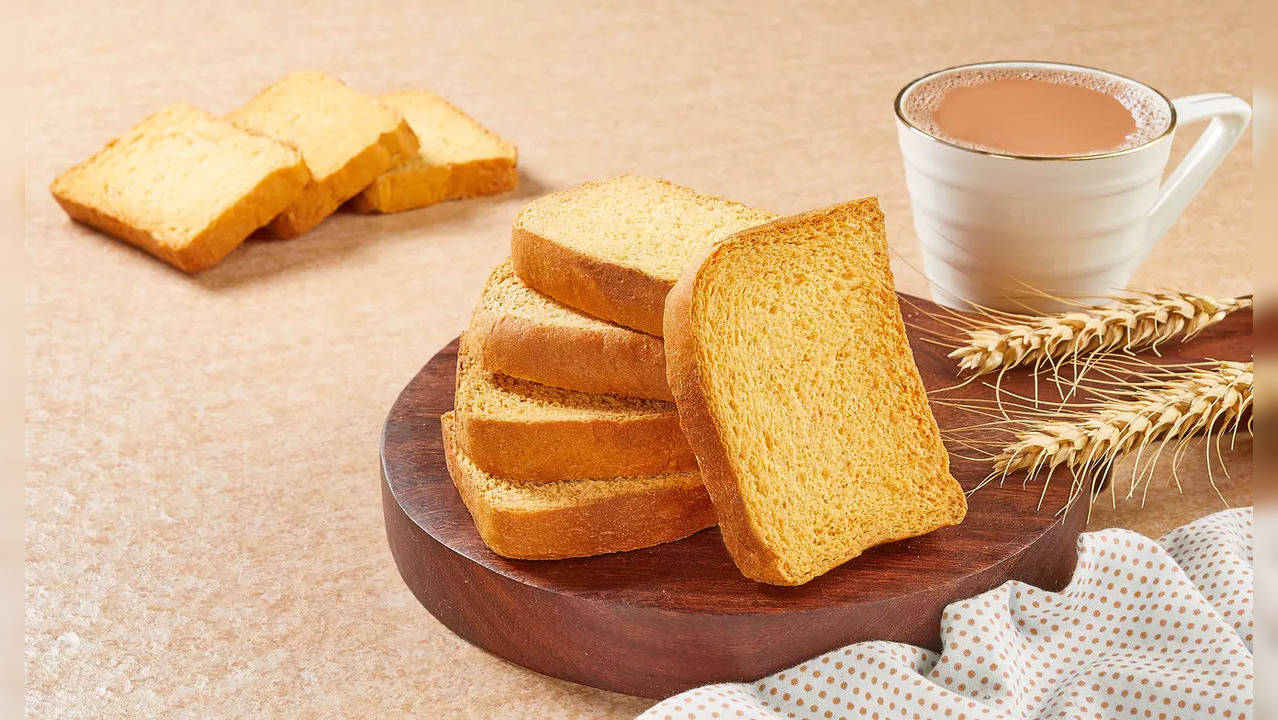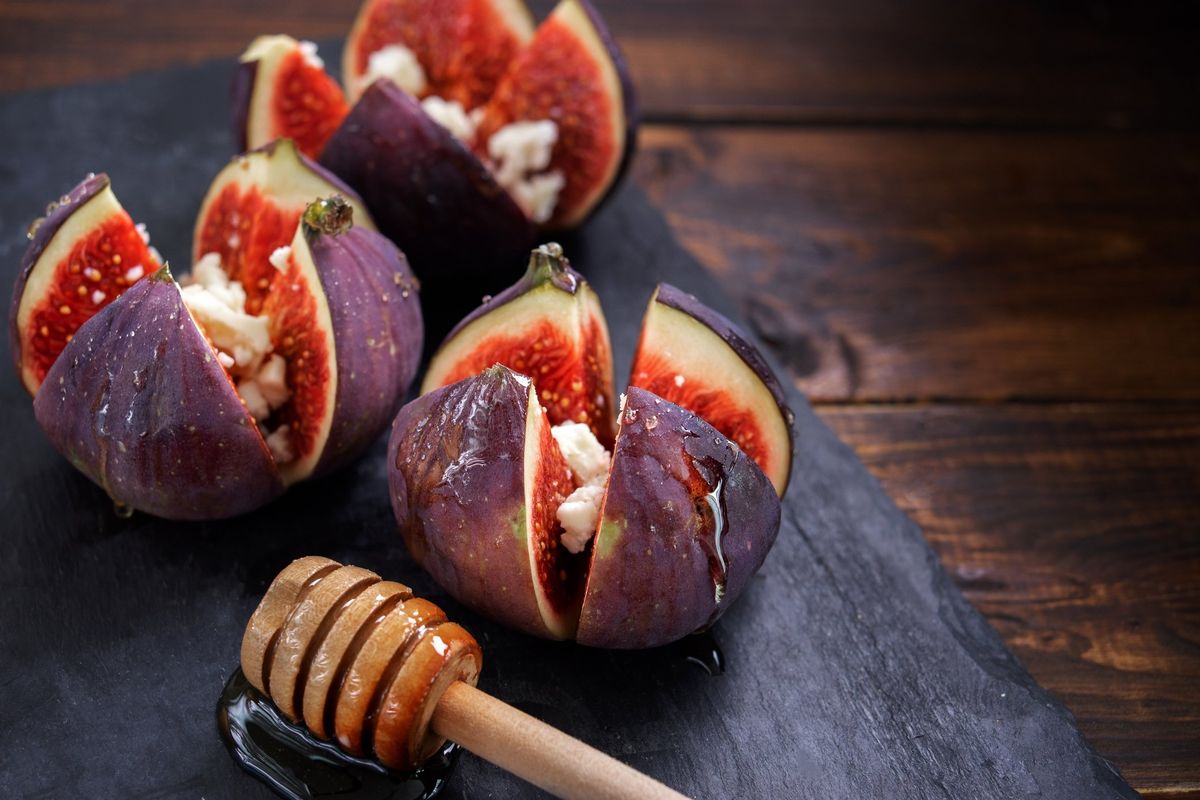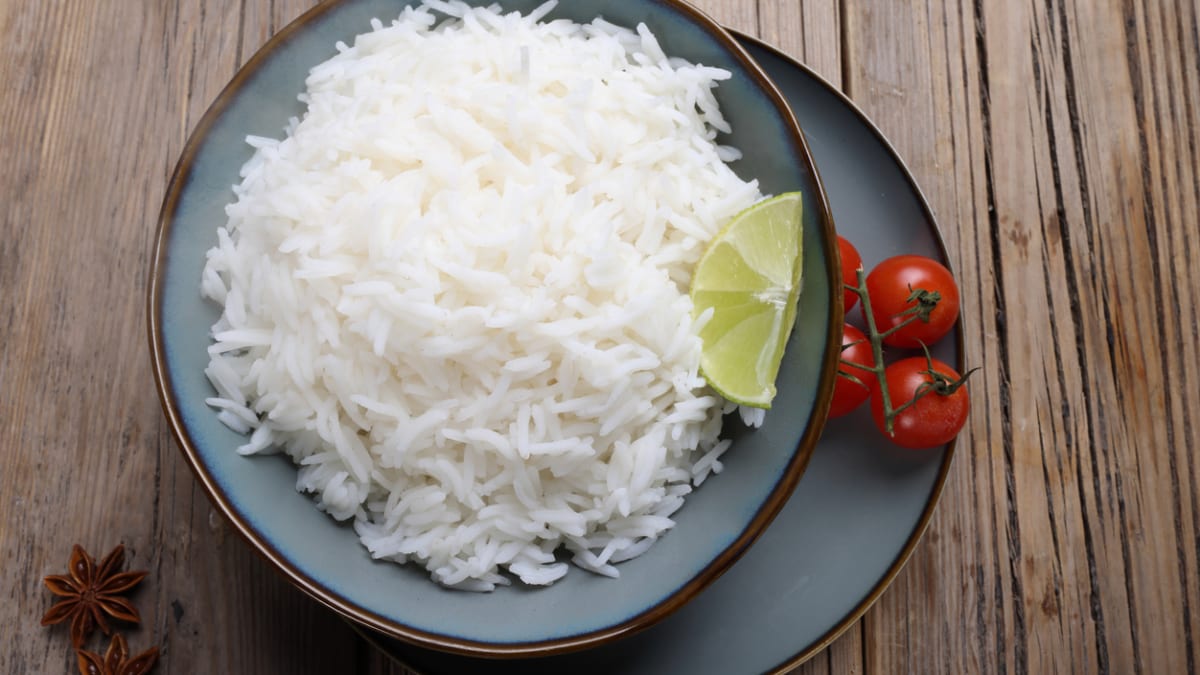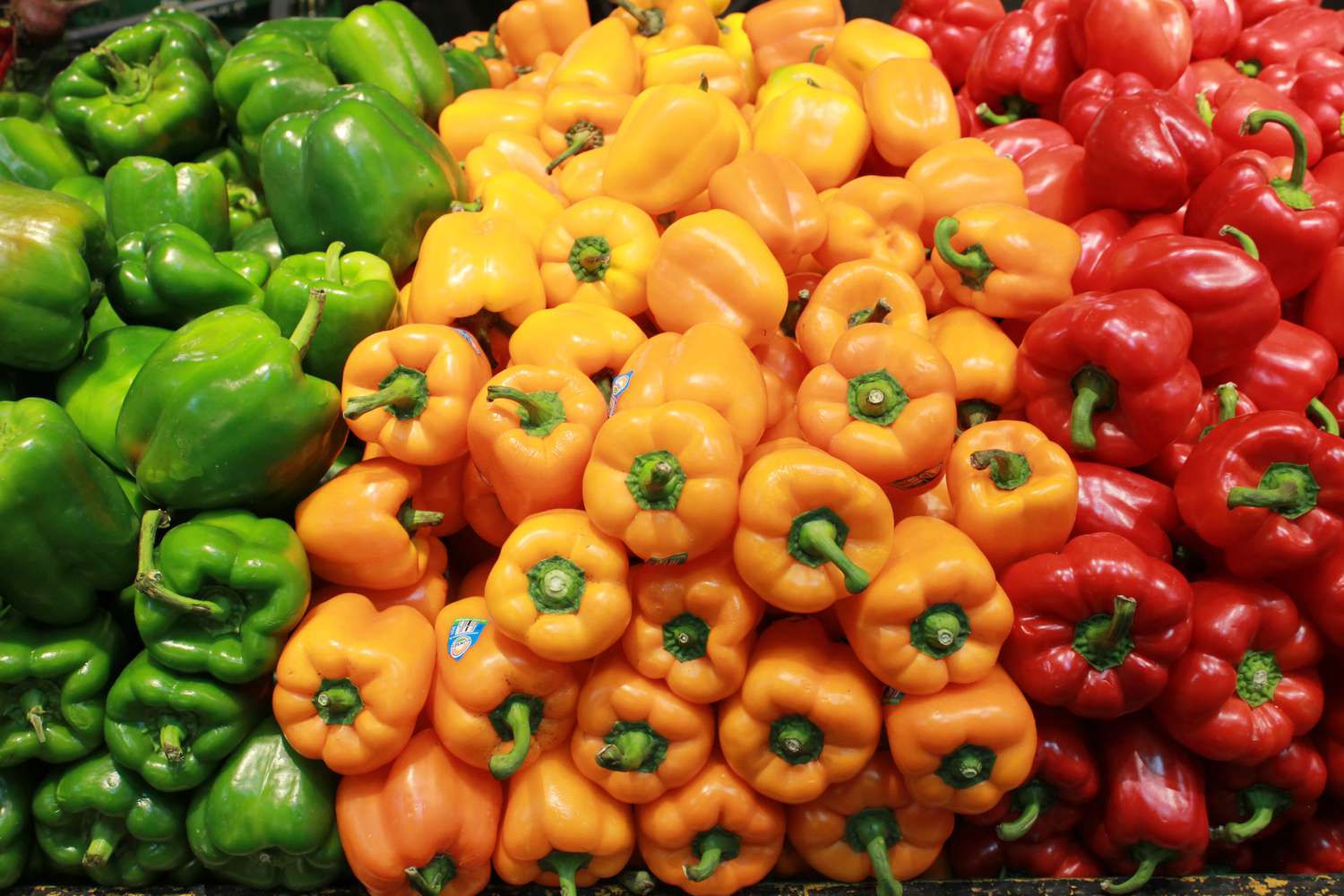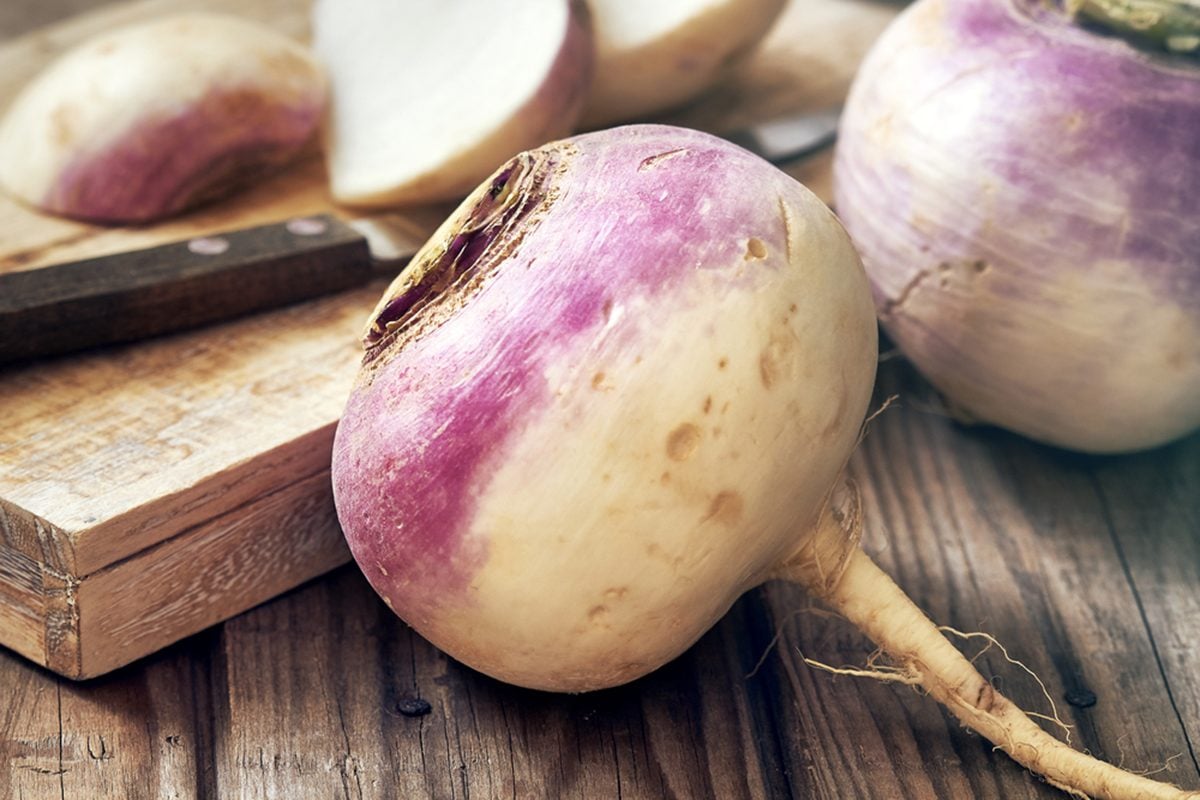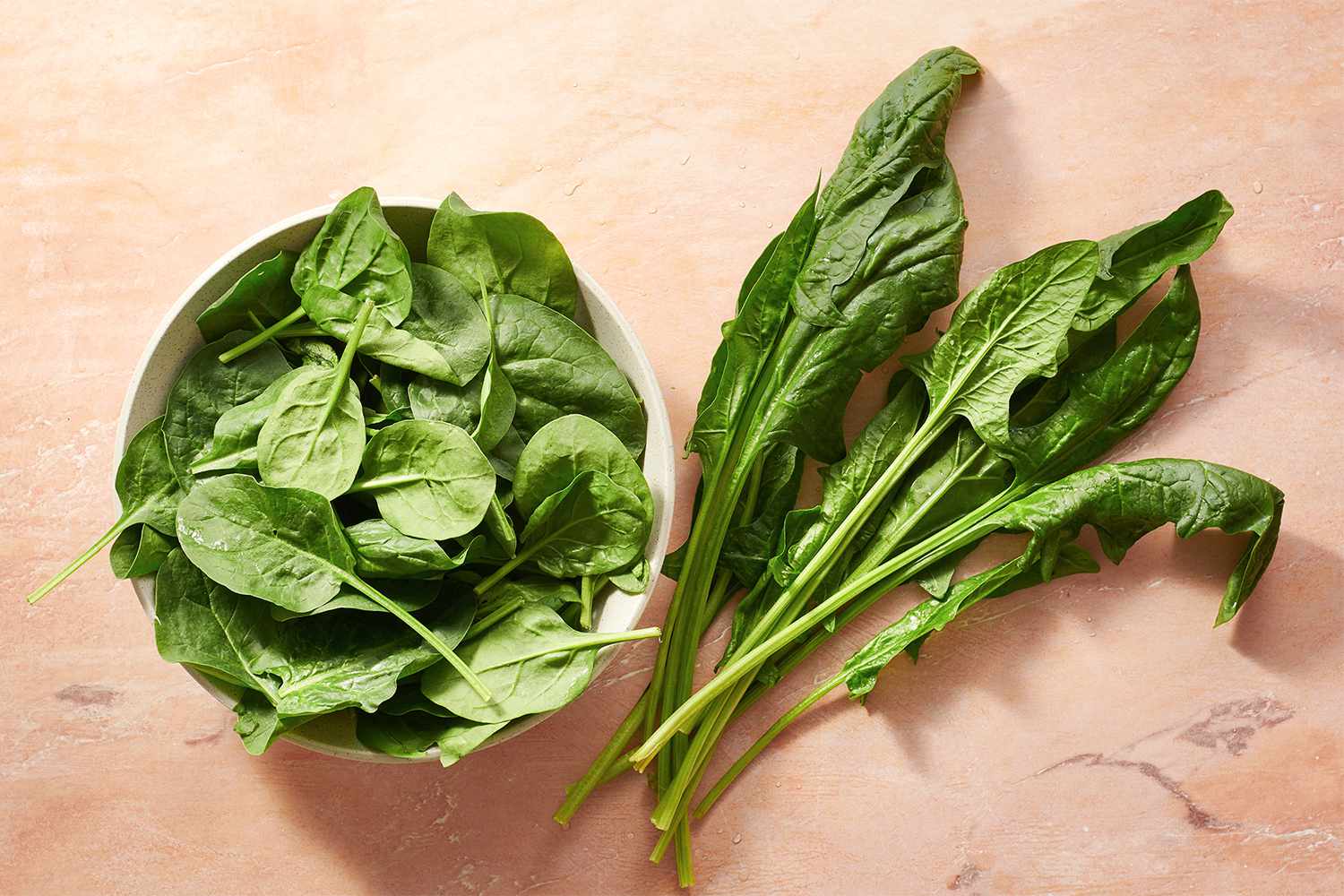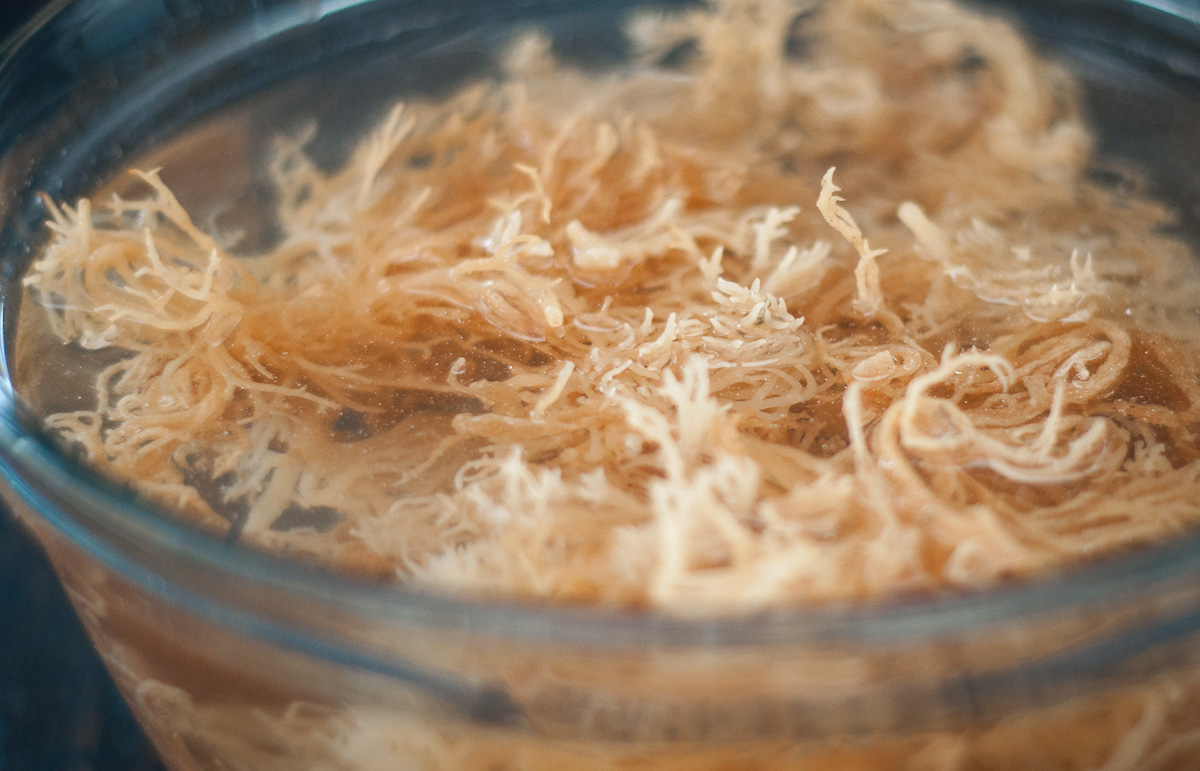Enjoying Salad Without Teeth: Tips and Tricks
Salads are a delicious and nutritious meal option, but for individuals without teeth, enjoying a crunchy salad might seem challenging. However, with a few simple tips and tricks, it is possible to savor a refreshing salad without teeth. Whether you are missing teeth, wear dentures, or have difficulty chewing, there are several ways to modify and enjoy a tasty salad without compromising on flavor or nutrition.
Choose Soft and Tender Greens
When preparing a salad without teeth, it’s important to select greens that are easy to chew and swallow. Opt for softer varieties such as baby spinach, butter lettuce, or finely chopped kale. These tender greens require minimal chewing and are gentle on the gums, making them ideal choices for a toothless salad experience.
Chop Ingredients into Bite-Sized Pieces
To make a toothless-friendly salad, it’s essential to chop all the ingredients into small, bite-sized pieces. This includes vegetables, fruits, and proteins. By cutting everything into manageable pieces, it becomes easier to consume and enjoy the flavors and textures of the salad without the need for extensive chewing.
Embrace Creamy Dressings
Instead of opting for traditional vinaigrettes or chunky dressings, consider using creamy dressings to enhance the flavor of your toothless salad. Creamy dressings such as ranch, Caesar, or yogurt-based options add a smooth and rich element to the salad, making it easier to swallow and enjoy without the need for extensive chewing.
Include Soft Proteins
Proteins are an essential component of a well-rounded salad, and for individuals without teeth, it’s important to choose soft and tender protein options. Consider incorporating shredded chicken, flaked fish, or cooked beans into your salad. These protein sources are easy to consume and provide the necessary nutrients without requiring extensive chewing.
Experiment with Texture-Modified Ingredients
For individuals who struggle with chewing, there are several texture-modified ingredients that can be added to a toothless salad. This includes pureed fruits or vegetables, soft cheeses, and finely chopped nuts or seeds. These modified ingredients add a variety of textures and flavors to the salad, enhancing the overall dining experience.
Enjoying Salad Without Teeth: Final Thoughts
While eating a salad without teeth may present its challenges, it’s important to remember that with a few modifications and creative adjustments, it is possible to enjoy a delicious and satisfying salad experience. By choosing the right ingredients, modifying textures, and embracing alternative dressings, individuals without teeth can continue to savor the flavors and nutritional benefits of a well-crafted salad.
So, whether you are adapting to new dental circumstances or simply seeking a toothless-friendly meal option, don’t hesitate to explore the world of toothless salads. With a little creativity and the right approach, you can continue to indulge in the joy of a fresh and vibrant salad, no teeth required!
For those looking to enjoy salads without teeth, there's a variety of recipes to choose from. The Soft Kale Caesar Salad with Shredded Parmesan brings a delightful texture, while the Tender Arugula and Pureed Beet Salad offers a smooth and flavorful experience. For a protein-packed option, try the Baby Spinach and Tuna Salad with Yogurt Dressing. If you're in the mood for something creamy, the Butter Lettuce and Avocado Salad with Olive Oil Drizzle is a fantastic choice. Each of these recipes provides a unique taste and texture, ensuring that eating salad without teeth is not only possible but also enjoyable.
